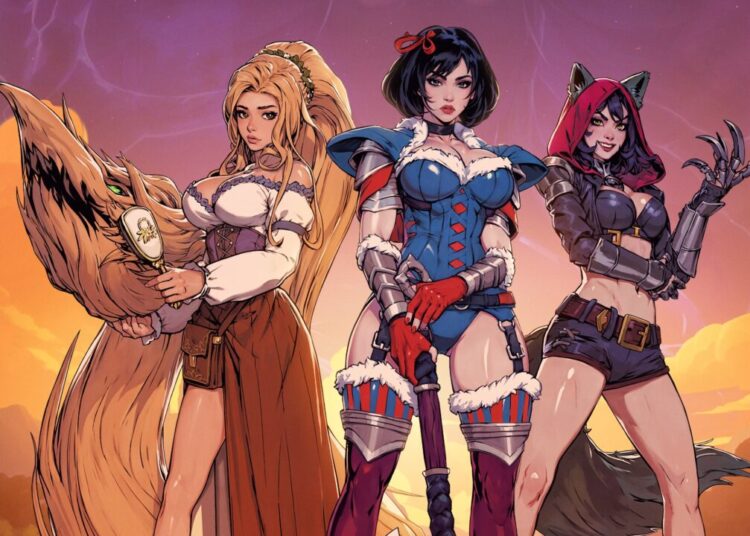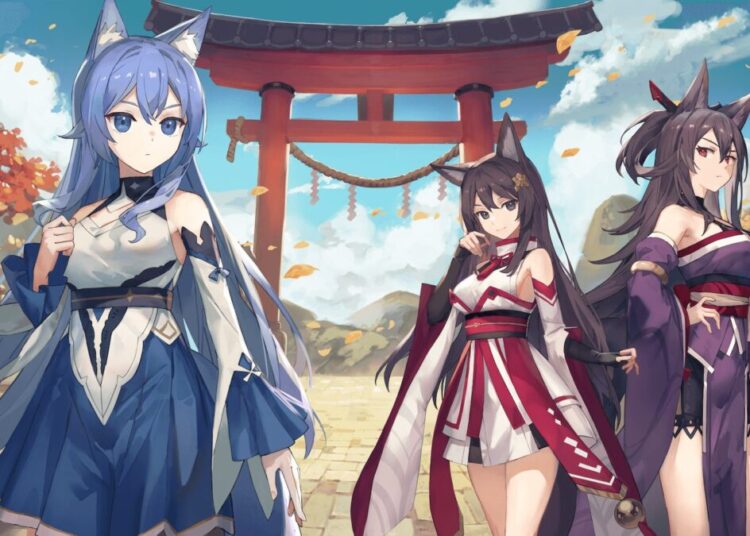When it comes to Western homages to Japanese gaming, they can be hit-or-miss affairs more often than not. However, Symphony of War: The Nephilim Saga is a pleasant surprise. A love letter to JRPGs and turn-based classics like Fire Emblem and Ogre Battle, this indie project strives high to meet its inspirations. While not quite succeeding, it comes surprisingly close.
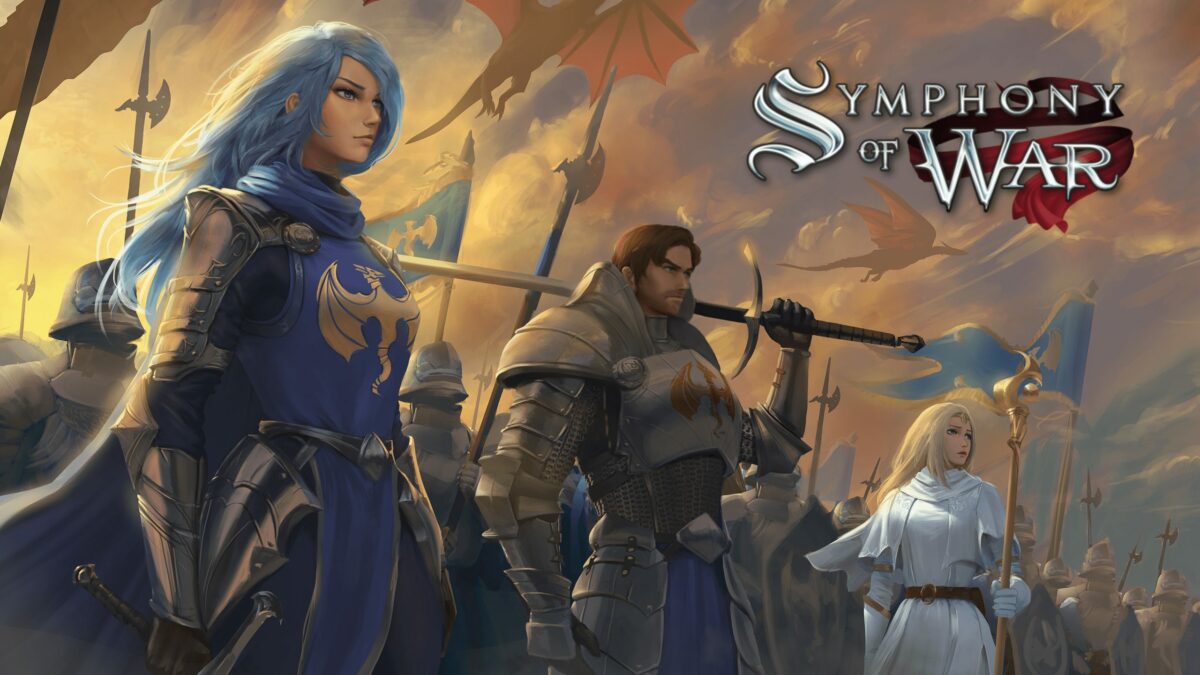
Developed by a three-person outfit called Dancing Dragon Games, the game launched on Steam on June 10, 2022. This is not the studio’s first title, having released Skyborn in 2014 and Echoes of Aetheria in 2016. It has, however, been a long time coming, having been worked on for six years. As of February 2023, that seems to be paying off, garnering over 32 thousand followers and estimated sales of up to 200 thousand units, if not more.
While the developers had myriad hurdles, they’ve made an effort to make do with what they had. (Source: YouTube)
It still raises the question: Does this turn-based indie RPG deserve its growing attention, or is it overhyped?
Treading Familiar Ground
Symphony of War follows an up-and-coming Captain from the Veridian Empire, a fantastical yet long-suffering land on the cusp of its own version of the Renaissance. Yet just as its ruling Empress’s vision of a peaceful age seems close to fruition, a renegade general abducts her. For the young and talented protagonist, the ensuing pursuit is just the tip of a deeper chain of events that would shape the realm’s future and the fate of the entire world of Tahnra. They won’t be alone in this quest, however, not with a host of companions, lovers, and whole armies ready to fight (and die) by their orders.
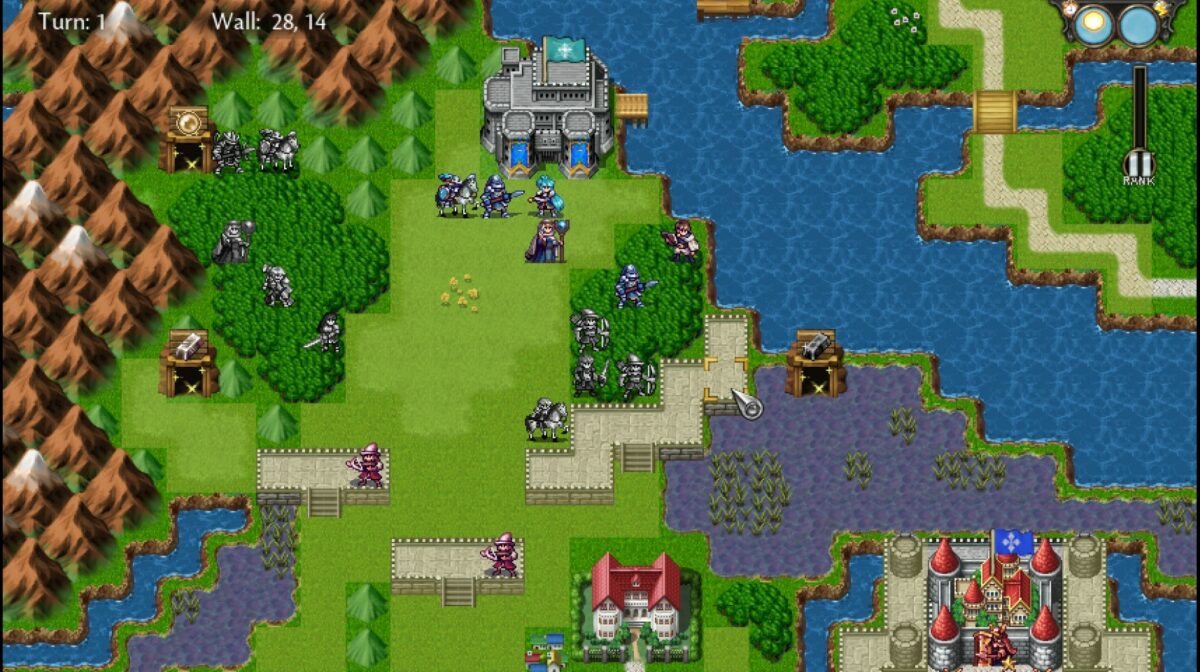
Anyone who’s played turn-based JRPGs might find the story and worldbuilding the weakest part of this RPG. Many plot points — like the conniving Prime Minister Casimir’s ploy to be Emperor or the nature of the titular Nephilim (the spirits of gods and legendary heroes reincarnated as mortals) — come across as derivative of the Japanese franchises that Symphony of War takes great inspiration from. Moreover, fans of deep political intrigue may find disappointment, given how the struggle against the evil Cult of Zanatus tends to override rather than complement the initial setup. Combined with at-times cheesy dialogue and the limitations of working with the outdated RPG Maker VX Ace engine (released in 2012), the game’s ambitious, sweeping vision often stumbles.
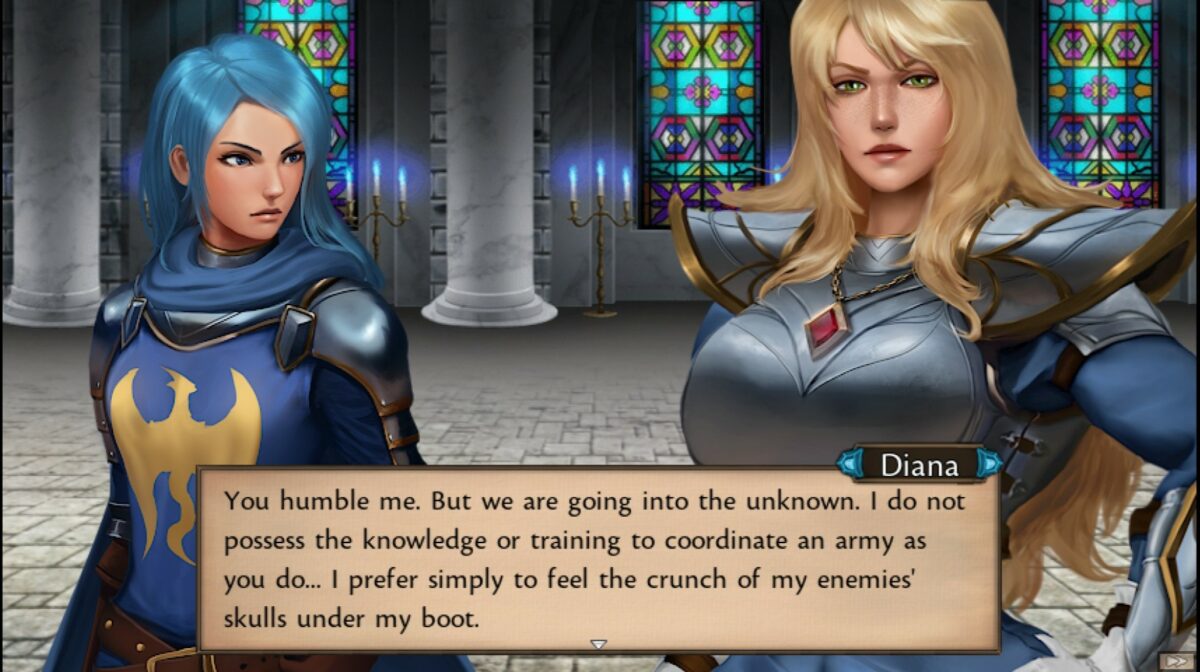
As cliché-ridden as the game appears, this isn’t to say it is terrible. The story’s execution is competent, but while the twists and turns could almost be seen a mile away, they’re paced in such a way as they remain engaging throughout the 30+ hour campaign. What worldbuilding there is — from the political dynamics among the realms of Tahnra to the role played by religion and magic — is rather interesting for what it is, further reinforced by unique Medieval/Renaissance-inspired art that makes up for the in-game engine, which was modified to its limits such that the original coding’s barely recognizable. The characters themselves, while not all too memorable, are generally likable and distinctive enough, which helps in making the overall package feel like a proper homage to turn-based JRPGs.
As Addicting as It Is Strategic
Much like Fire Emblem and Ogre Battle, Symphony of War has you take command of various warriors, generals, mages, and mercenaries on a 2D grid-based battlefield, each of them having their own distinct upgrades, class strengths, and even relationship values that affect gameplay (such as characters who are friends or lovers performing better when close). Instead of just leading singular units, said heroes lead squads of up to nine individuals (based on their level and capacity) into action, with much variety and customization options at hand. Not only could you recruit units ranging from simple swordfighters to dragon-riding knights which could traverse a large section of the map in a single turn, but the game even encourages mixing up squad compositions as you see fit, like having a female paladin backed up by a group of gunners or a horseback archer build for heavy infantry.
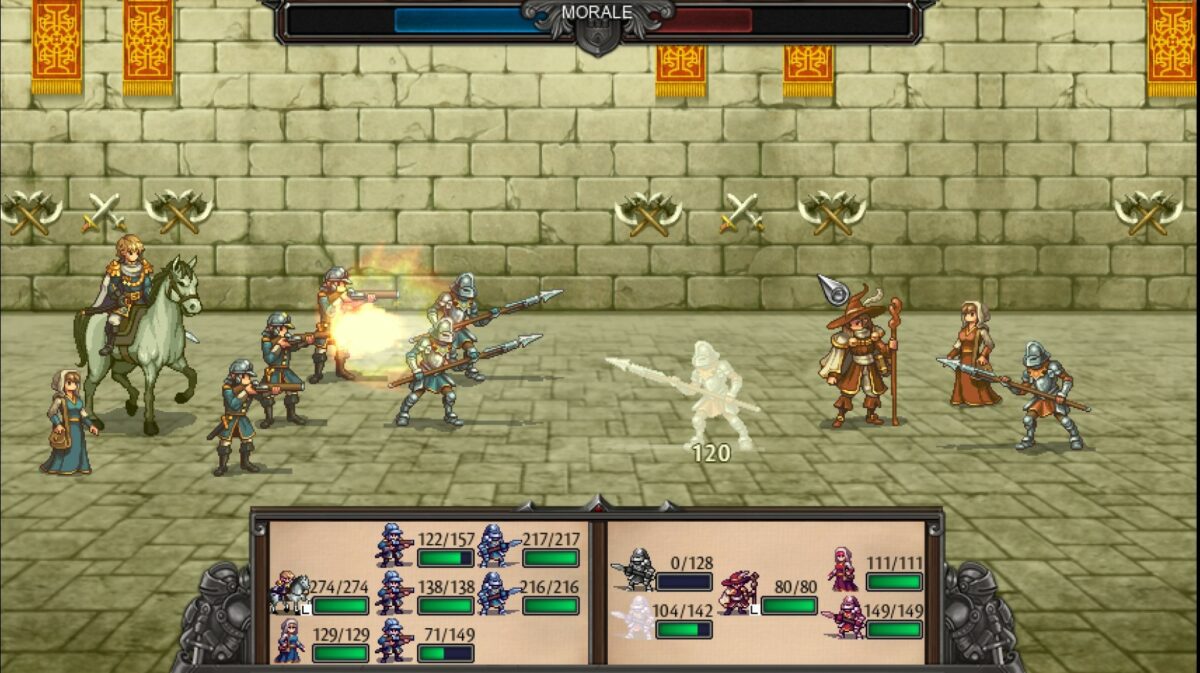
Given how battles play out, you’d need it. The maps that missions take place in are as diverse as they’re vibrant, with the terrain and weather playing a role in skirmishes — hills and fortifications can provide archer units with more range, or rain can make gunpowder weapons less effective. Speaking of which, fighting the enemy isn’t just a case of pounding them until their HP goes to zero when you have differing combat tactics (such as targeting a squad’s leader during a turn) and morale to consider, the latter even allowing for nonviolent surrender if they’re demoralized enough. It’s also worth noting that those foes won’t just do most of the same against the player but will try to outflank or overpower you. These highlight the game’s emphasis on strategic thinking over blunt force.
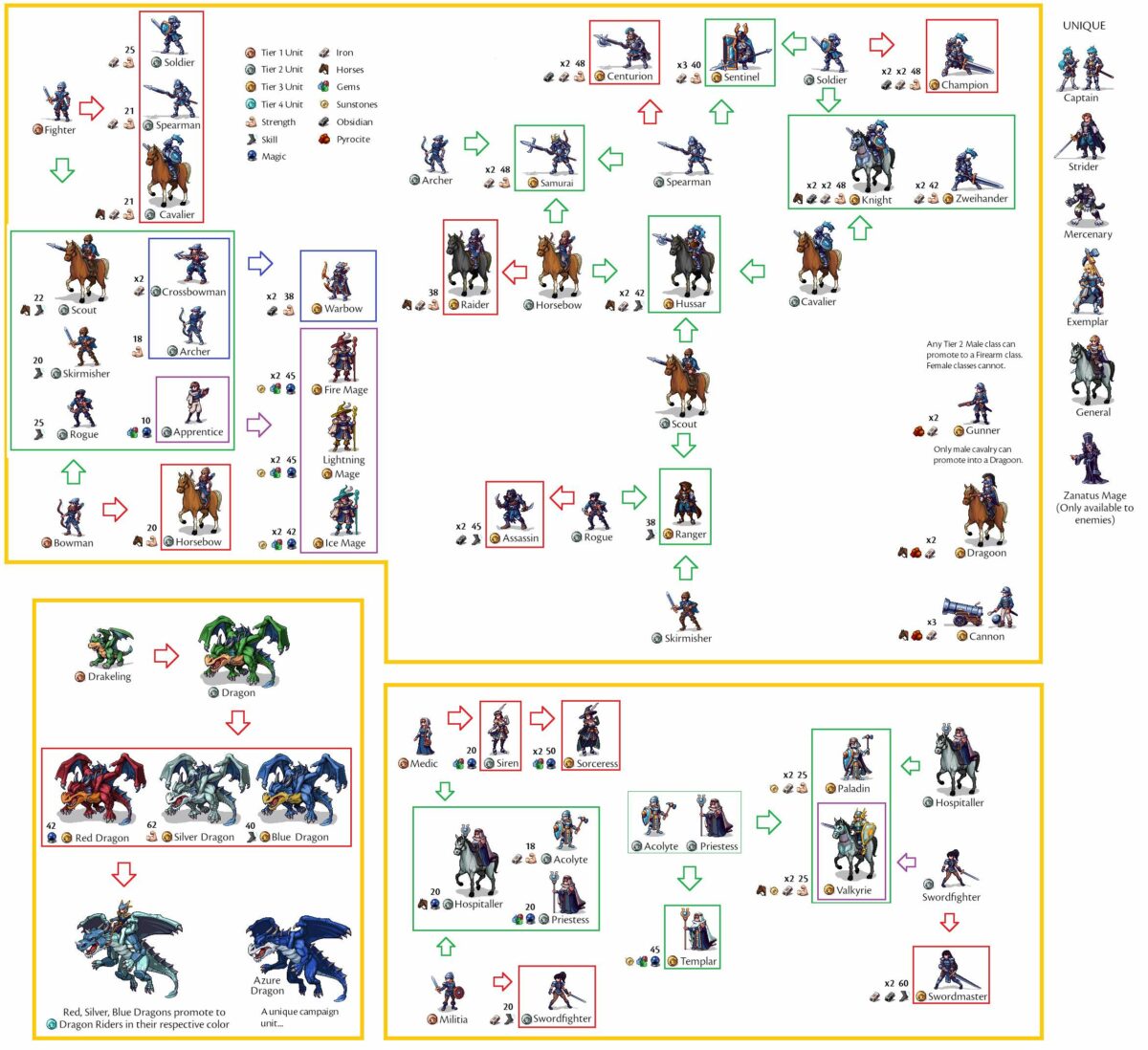
Digging further beneath the surface is a slew of other features and mechanics. Various capturable objectives scattered throughout any battlefield provide valuable resources and perks, ranging from capturable towns offering morale boosts and money to “Donari temples” that can revive dead units for a price. Said resources and experience also carry over between missions, unlocking more recruitable units, equipable gear (such as armor and stat-boosting medals), and divergent tech-tree options to strengthen your army. Also, like Fire Emblem, you could activate permadeath at any point, adding further challenge and weight to each character.
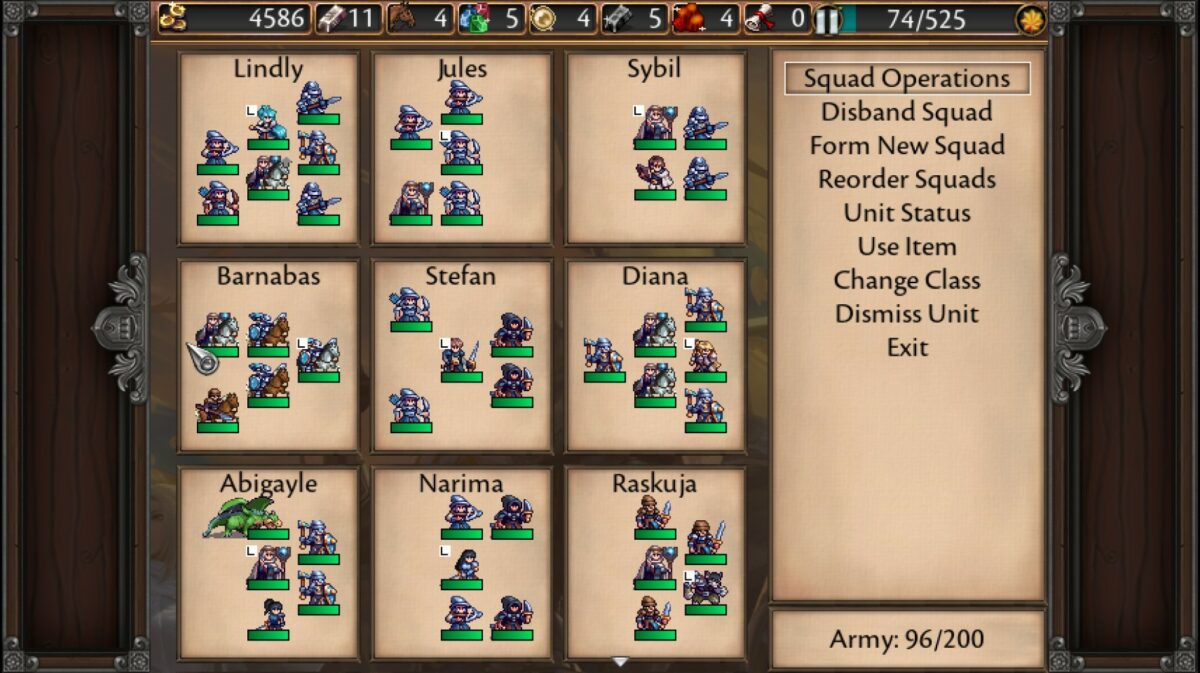
Not everything is conveyed explicitly, with some rock-paper-scissors nuances between different classes only coming to light after a couple hours’ worth of trial-and-error. Moreover, the UI isn’t always intuitive (squad management in-between missions is clunky), as battles in the late game can turn into drawn-out affairs due to how many units are involved on the map. Still, combined with strong visuals that push the outdated engine to its limits and an energetic soundtrack courtesy of studio president Phil Hamilton, you’re left with a solid, strategic RPG that’s as addicting as it is replayable.
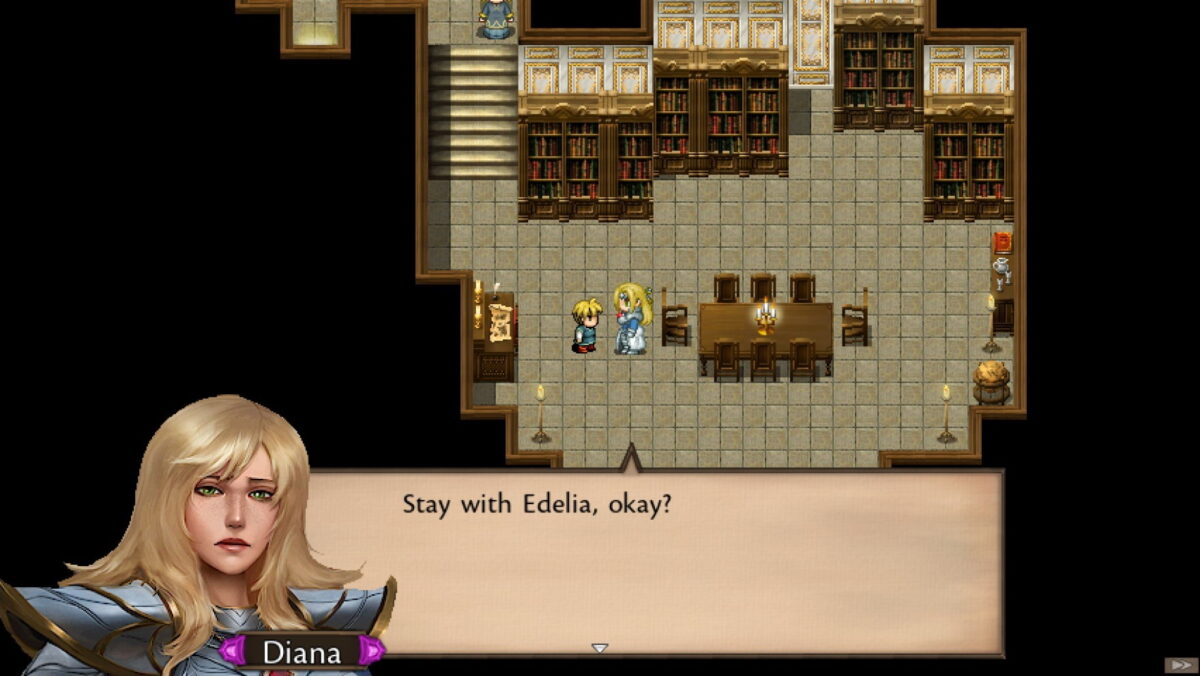
With all that in mind, it’s no wonder why this indie title has caught the attention of JRPG fans and other curious PC gamers. While not quite hitting the mark, it’s clear that Symphony of War is very much a labor of love that does its inspirations justice. Given the high ratings from professional critics and growing fandom, it’s clear that the small team at Dancing Dragon Games has hit something big. Where they go from here is anyone’s guess, but if this is anything to go by, there’s much to look forward to.


